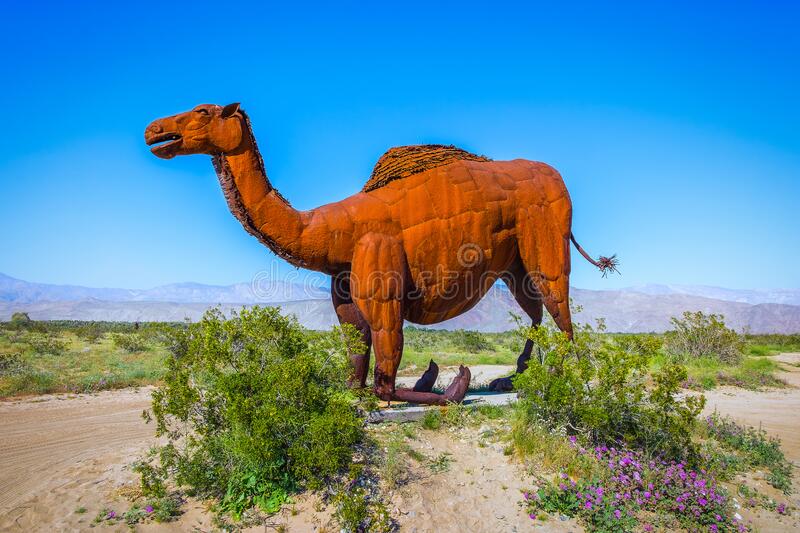The American Wild West was a time of lawlessness and rugged individualism. The only goal of the Westerners was survival! The frontier’s unique challenges and dangers shaped the period’s cultural norms. You’d be amazed to know that many practices considered normal at the time would be shocking today.
From public executions to photographing dead bodies, the Wild West was where the harsh realities of life on the frontier defined societal norms. This article will explore some of the most shocking things considered normal in the American Wild West.
Photographing the Dead Bodies

Reassuring the public of an outlaw’s death was so tricky in the Wild West that it became customary to photograph the body. When an outlaw died or was killed, they would be pictured standing against the wall before the body stiffened up.
Only after this practice was the body buried. The images were also required as verification while receiving awards. When there was no photograph, there was no certainty that the outlaw was dead.
Traveling Corpse

One of the Wild West’s most shocking and bizarre tales is that of Elmer McCurdy and his traveling corpse. Elmer McCurdy was a notorious outlaw whose life ended in 1911 after he was shot dead by law enforcement.
However, his body was not buried. An undertaker preserved it, and the mummified body was put to display for about sixty years before a proper burial in Oklahoma. Bizarre, isn’t it?
Public Executions

Public executions were carried out to maintain law and discourage crime. Large audiences used to gather around to witness the executions. It was common for vendors to sell food and drinks to the spectators while they saw the executions. Talk about sinister theater, right?
The legal system in the Wild West was frequently untested and prone to errors. Numerous public executions took place as a result of erroneous trials. At times, people were executed for crimes they did not commit, adding to the controversy surrounding public executions. Such executions were also racially biased. Minorities, especially African Americans, were punished more than whites, adding to the inequalities that existed in American society at that time. The practice, despite its cruelty, was widely accepted until abolished in the late 20th century.
Exploitative Prostitution

The rapid growth of towns and cities in the American Wild West brought a demand for prostitution. Poor women with limited work opportunities were forced into prostitution to survive.
Many of these women were immigrants or members of minorities, making them especially vulnerable to exploitation. They were frequently exposed to severe working circumstances, including long hours, little pay, and physical assault.
Prostitutes were also in considerable danger of developing sexually transmitted diseases and being assaulted by customers or pimps.
Additionally, local newspapers of that time would identify and mention prostitutes as a symbol of disgrace. There was a conflicting attitude towards prostitutes in the west. They were both desired for their sexual services (joy) and reviled for their perceived moral corruption (misery), as narrated in Anne Butler’s book “Daughters of Joy, Sisters of Misery.”
Significant Violence and Lawlessness

The American Wild West was a time of widespread bloodshed and anarchy. The lack of robust law enforcement created a dangerous atmosphere in the state where violence was a constant concern.
There were numerous sources of violence, including confrontations between settlers and Native American tribes or disagreements over land and resources. It was common for people in the wild west to carry firearms in public. It was considered a sign of bravery and toughness, widely accepted and encouraged.
Duels, brawls, and other forms of violence were common, and it was often necessary to defend oneself.
The Short-Lived Camel Craze of the American Frontier

Camels were brought to the Wild West by the US Army as an experiment to see if they could be used as pack animals in the desert terrain of the Southwest. The experiment began in the mid-1850s and lasted until the early 1860s.
According to David Roberts, author of “The Last Camel Charge: The Untold Story of America’s Desert Military Experiment,” the US Army imported 75 camels from the Middle East to Texas in 1856, and by 1860, there were 34 camels stationed at Camp Verde in the Texas Hill Country.
However, camels were not well-liked by soldiers and civilians alike, as they were seen as stubborn and difficult to handle. In addition, their strange appearance and unpleasant smell made them unpopular.
The use of camels in the Wild West was short-lived, as the outbreak of the Civil War in 1861 diverted the attention and resources of the US Army. Many of the camels were sold off, and others were simply released into the wild.
Final Word
In conclusion, the American Wild West was a time of great danger and lawlessness. It is marked by unique cultural norms and practices that often shock modern standards. From public executions and widespread use of violence to the treatment of women, the Wild West was far from the romanticized version often portrayed in popular culture.

